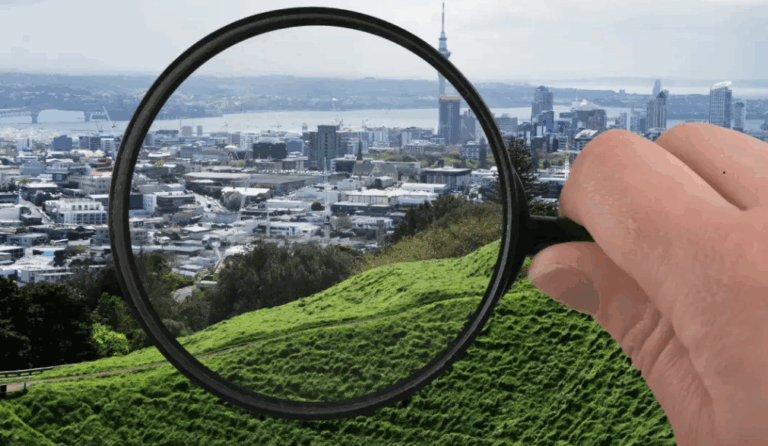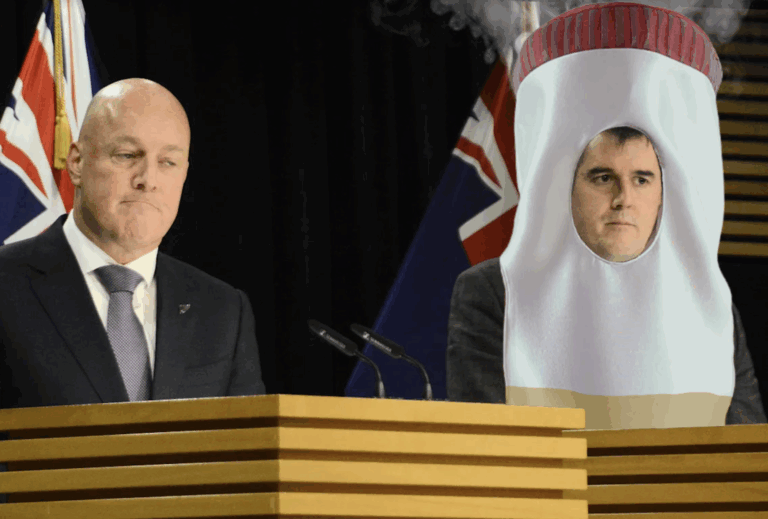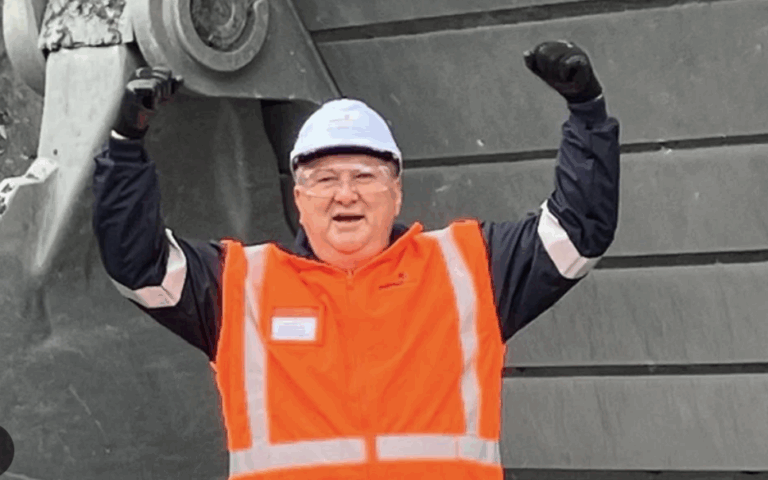Purchasing property anywhere in Auckland requires more than just falling in love with a view or location. Decades of conducting thorough property assessments across the region have revealed consistent patterns in building defects that appear regardless of property age or style. Whether you’re looking at homes on the North Shore, properties in West Auckland, or rural sections around Pukekohe, understanding these common issues is essential.
“We’ve inspected hundreds of properties across Auckland, from heritage homes in Birkenhead to contemporary developments in West Auckland and lifestyle blocks around Pukekohe,” notes Morgan Kircher, Managing Director of Alert Building Inspections. “Understanding the typical defects we encounter helps buyers negotiate better terms and plan realistic maintenance budgets.”
Moisture: The Silent Property Destroyer
Dampness remains the predominant concern across Auckland properties. The region’s climate combines high rainfall with elevated humidity, establishing conditions where moisture intrusion becomes almost inevitable without proper building envelope design. Rising damp manifests through characteristic symptoms including deteriorating paintwork, wallpaper separation, and waterline staining on internal walls.
The real concern with dampness extends beyond visible damage. Prolonged moisture exposure compromises structural timber, encourages mould proliferation, and potentially impacts occupant well being. Many Auckland residents remain unaware that persistent mustiness signals deeper problems requiring professional assessment.
Roof cavity condensation presents another widespread challenge, particularly throughout older housing stock where ventilation standards have evolved significantly. Inadequate airflow coupled with temperature variations generates moisture accumulation that progressively deteriorates insulation and structural components. Properties from the leaky building period warrant particular scrutiny, as systemic weathertightness failures often extend beyond visible cladding issues.
Electrical Systems That Haven’t Kept Pace
Electrical infrastructure in established Auckland homes frequently reveals decades of incremental modifications, many executed without proper certification. Insufficient outlet provision remains commonplace, resulting in daisy-chained power boards that substantially increase fire risk.
Unauthorised electrical modifications appear regularly during inspections, especially where cost-conscious owners attempted personal upgrades. Antiquated wiring including VIR cabling persists in pre-1960s construction, whilst missing residual current devices leave households exposed to electrocution hazards.
Qualified inspectors routinely discover unsafe practices in ceiling spaces, frequently stemming from renovations where electrical compliance received insufficient attention. These findings underscore why independent electrical certification proves essential during property assessment.
Roofing Challenges in Auckland’s Climate
Auckland’s climate subjects roofing to various stresses depending on location. Coastal areas experience salt spray acceleration, whilst inland properties face their own challenges with UV radiation, wind exposure, and precipitation degrading roofing materials. Dislodged or fractured tiles commonly result from severe weather events or simply age-related brittleness.
Corrugated steel roofing, extensively used throughout Auckland properties, typically exhibits rust formation at fixing points and low-drainage areas. Coastal conditions expedite corrosion processes significantly, whilst inland properties are not immune to deterioration. Compromised flashings surrounding penetrations permit water ingress that damages underlying structures before becoming externally apparent.
Spouting requires equal consideration, as obstructed channels cause overflow damaging façades and generating dampness concerns. Inadequate roof space ventilation intensifies problems by retaining moisture and thermal energy, hastening material breakdown whilst reducing interior comfort levels.
Foundation Concerns in Auckland’s Varied Terrain
Foundation defects throughout Auckland properties frequently correlate with the region’s heterogeneous geology spanning volcanic deposits, clay substrates, and sedimentary formations. Concrete slab fracturing indicates settlement complications, whilst sloping floors throughout buildings suggest continuing foundation displacement.
Deficient perimeter drainage appears consistently, especially throughout older construction predating contemporary drainage requirements. Auckland’s varied topography amplifies drainage complications, with gravitational water flow concentrating around foundation elements.
Established vegetation causes progressive foundation disturbance, with mature pōhutukawa and comparable native species generating gradual movement as root networks expand. Inadequate fill compaction during original construction produces subsidence difficulties emerging years afterwards. Foundation repairs rank amongst the costliest remedial work, making early professional detection extraordinarily valuable.
Plumbing: Hidden Problems, Visible Consequences
Plumbing degradation typically remains concealed within building fabric until substantial damage manifests. Corroding pipework throughout older Auckland dwellings appears frequently, particularly where historical plumbing materials have subsequently proven problematic.
Failing connections and joints may inflict damage across extended timeframes before homeowner awareness. Diminished water pressure suggests broader infrastructure deficiencies, whilst root penetration into drainage lines creates persistent maintenance demands. The district’s established landscaping, though visually appealing, frequently compromises underground services.
Non-compliant plumbing installations, typically from previous alterations or maintenance, generate both operational difficulties and potential contamination risks. Qualified inspectors identify these concerns and propose suitable corrective measures.
The Leaky Building Legacy
Auckland contains numerous properties impacted by New Zealand’s leaky building crisis throughout the 1990s and early 2000s. Properties constructed during this timeframe often incorporated monolithic cladding without adequate weatherproofing details, resulting in substantial water penetration difficulties.
Numerous affected properties have received remediation, but verifying repair quality and accessing comprehensive documentation proves crucial. Some dwellings retain unresolved issues that initial remediation programmes failed to fully address.
Prevention Through Understanding
Recognising these prevalent building defects enables property owners to adopt preventative approaches. Scheduled maintenance assessments identify developing problems before they escalate financially. Promptly addressing minor repairs prevents small concerns from developing into major structural failures.
Ensuring adequate ventilation throughout your dwelling helps prevent moisture damage, whilst maintaining exterior coatings and sealants protects against weather degradation. Monitoring drainage infrastructure and confirming correct operation prevents water damage to foundations and building elements.
Taking Action
When inspection reveals these defects, obtaining comprehensive assessments from certified tradespeople who can supply precise costings and achievable completion schedules becomes essential. Prioritising repairs according to severity ensures safety concerns receive immediate attention, followed by problems threatening to deteriorate further.
Retaining documentation for all remedial work establishes valuable records for future needs and assists during property sale. Rather than pursuing temporary solutions, emphasising permanent repairs delivers superior value and more dependable results.
What Auckland Home Buyers Need to Know About Common Building Problems
Professional building assessments throughout Auckland consistently identify these defects across all property categories, from villa-style homes in Northcote to contemporary units in West Auckland and lifestyle properties around Pukekohe. Early detection through trade-qualified inspection typically results in more controllable repair expenditure and superior long-term outcomes for property owners.
Understanding what building inspectors regularly discover equips you to make informed property decisions and maintain your home effectively. Professional inspection investment generally provides returns by identifying concerns before they become expensive complications.

























